
How to Obtain CE Certification for Remote Controls?
CE certification for remote controls is a process that ensures the product complies with relevant European Union (EU) regULations, guaranteeing its safety and compatibility in the European market. For products like remote controls, CE certification primarily covers two main areas: Electromagnetic Compatibility (EMC) and Radio Equipment Directive (RED). Below is a detailed explanation of the ce certification process and related standards for remote controls:
1. Application and Preparation Stage
1. Submit Application: Companies submit an application form for CE certification to a certification body, providing product information and sending samples.
2. Prepare Documentation: This includes filling out the application form, completing the company information form, and providing product documentation.
3. Documentation Review: Testing engineers review the provided materials to determine the applicable EU directives and testing standards for the product, thereby establishing the testing timeline and costs.
2. Testing Stage
1. Testing Standards: Depending on the specific circumstances of the remote control, the following tests may be required:
2. Electromagnetic Compatibility Testing (emc testing): Ensures that the device does not generate non-compliant electromagnetic interference or is not susceptible to interference in the electromagnetic environment.
3. low voltage directive (LVD) Safety Testing: If the remote control uses a DC power supply or batteries, it may need to comply with the lvd directive.
4. Radio Communication Equipment Testing (RF Testing): If the remote control uses wireless technology, it must meet the requirements of the RED directive, typically using the EN300220 standard.
5. European Permitted Frequency Bands Notification: Ensures that the wireless frequency bands used comply with European legal regulations.
3. Quotation and Contracting
1. Quotation: Based on the provided documentation, testing engineers will provide the testing standards and a quotation.
2. Contracting: After the applicant confirms the quotation, a contract is signed and payment is made.
4. Provide Samples and Related Documentation
1. Provide Samples: Samples are provided to the testing agency for testing.
2. Provide Documentation: This includes product manuals, model parameters, and drawings of key components.
5. Testing and Reporting
1. Conduct Testing: Perform tests according to the established standards.
2. Complete Report: Upon passing the tests, the test report is finalized.
6. Certificate Issuance
1. Project Completion: Once all testing and review procedures are completed, the project is concluded.
2. Issue Certificate: The ce certificate is issued.
7. Labeling Requirements
1. Affix CE Mark: After certification, the CE mark must be affixed to the product.
2. Technical Documentation: Manufacturers must prepare a complete set of CE technical documentation, including user manuals, safety design files, product technical specifications, electrical schematics, circuit diagrams, and lists of key components or raw materials.
8. Considerations
1. Maintain Communication: Throughout the certification process, maintain close communication with the certification body to promptly resolve any issues that may arise.
2. Update Documentation: Keep technical documentation up to date to address any future regulatory changes.
3. Special Attention for Wireless Remote Controls: For wireless remote controls, pay special attention to the requirements of the RED directive, as it covers the electromagnetic compatibility and health and safety requirements for radio equipment.
By following the above process, remote controls can obtain CE certification and successfully enter the EU market. If you have any questions about CE certification for remote controls or need further assistance, it is recommended to consult a professional certification body or service provider.
Email:hello@jjrlab.com
Write your message here and send it to us
 Differences Between FDA and LFGB for Food Contact
Differences Between FDA and LFGB for Food Contact
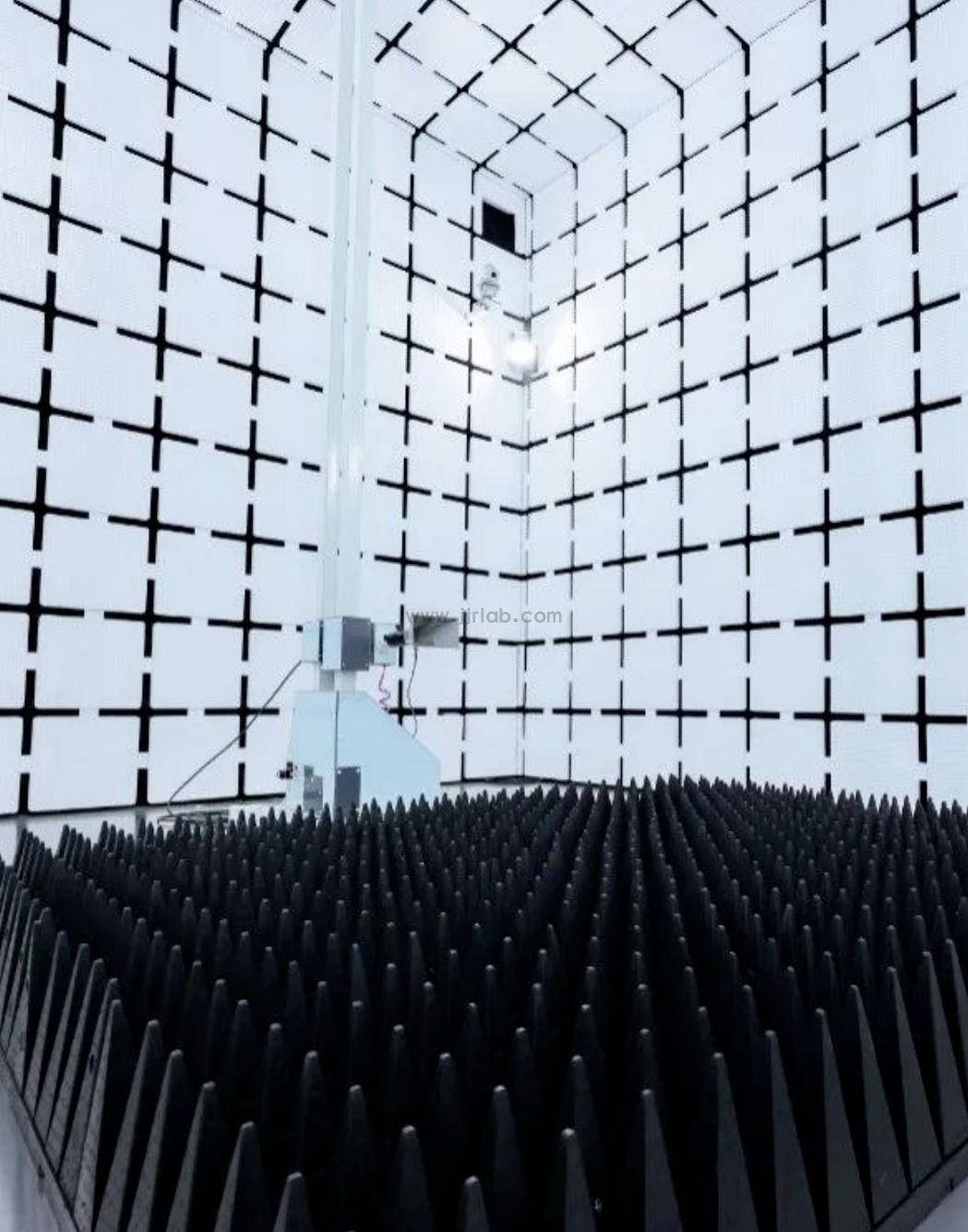 Process and Precautions for Amazon CPC Certificate
Process and Precautions for Amazon CPC Certificate
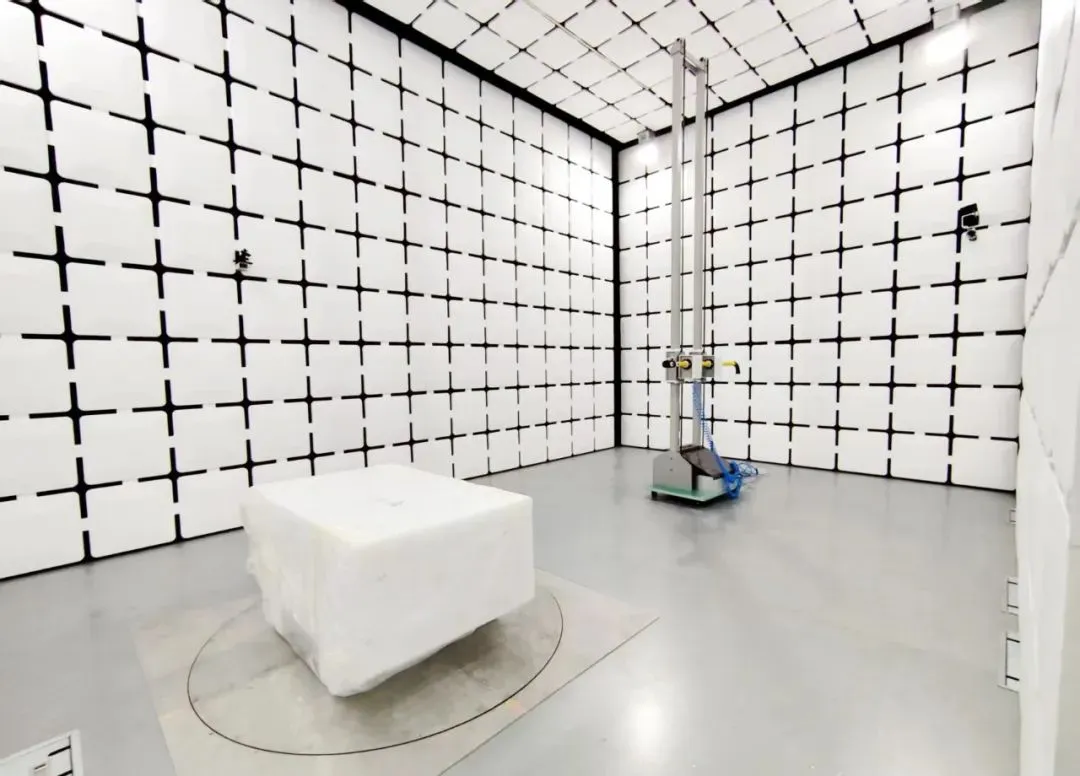 E-mark Certification Testing Service Laboratory
E-mark Certification Testing Service Laboratory
 Amazon ISO/IEC 17025 UL Testing Service Laboratory
Amazon ISO/IEC 17025 UL Testing Service Laboratory
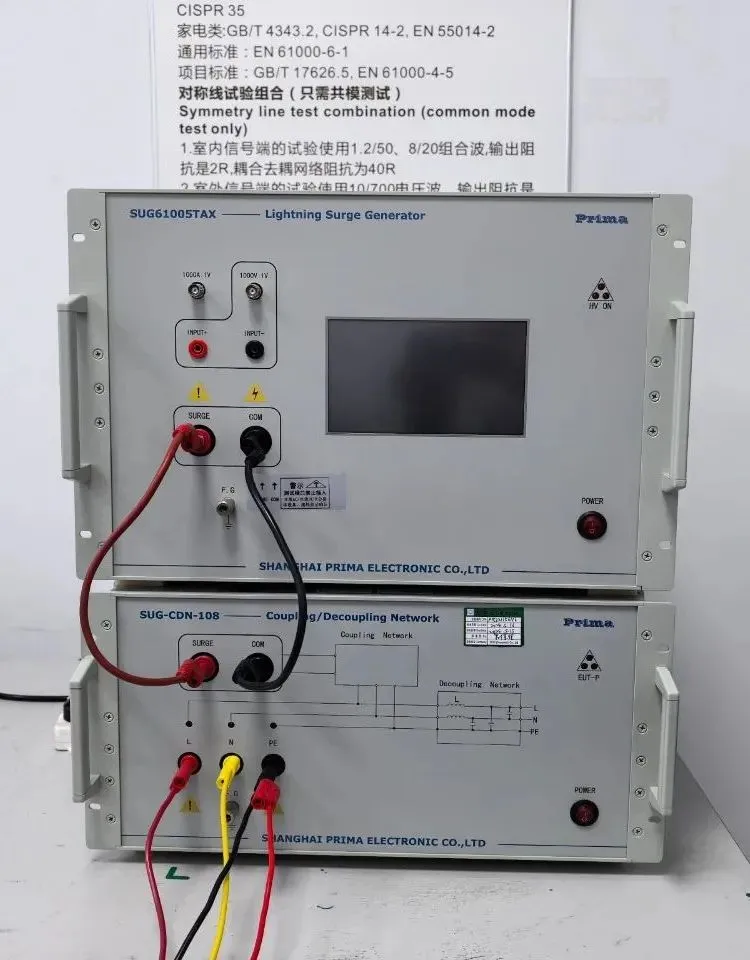 How to get CE Certification for Lighting Products?
How to get CE Certification for Lighting Products?
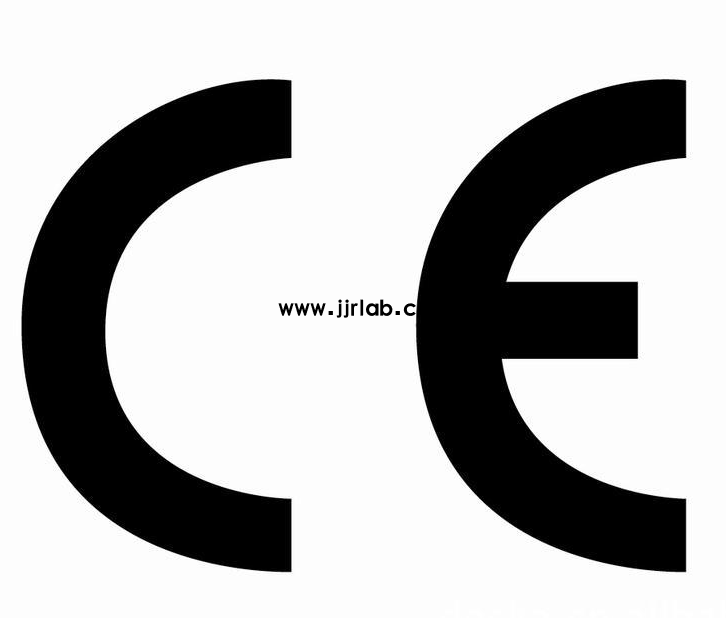 CE Certification Standards & Process for Elect
CE Certification Standards & Process for Elect
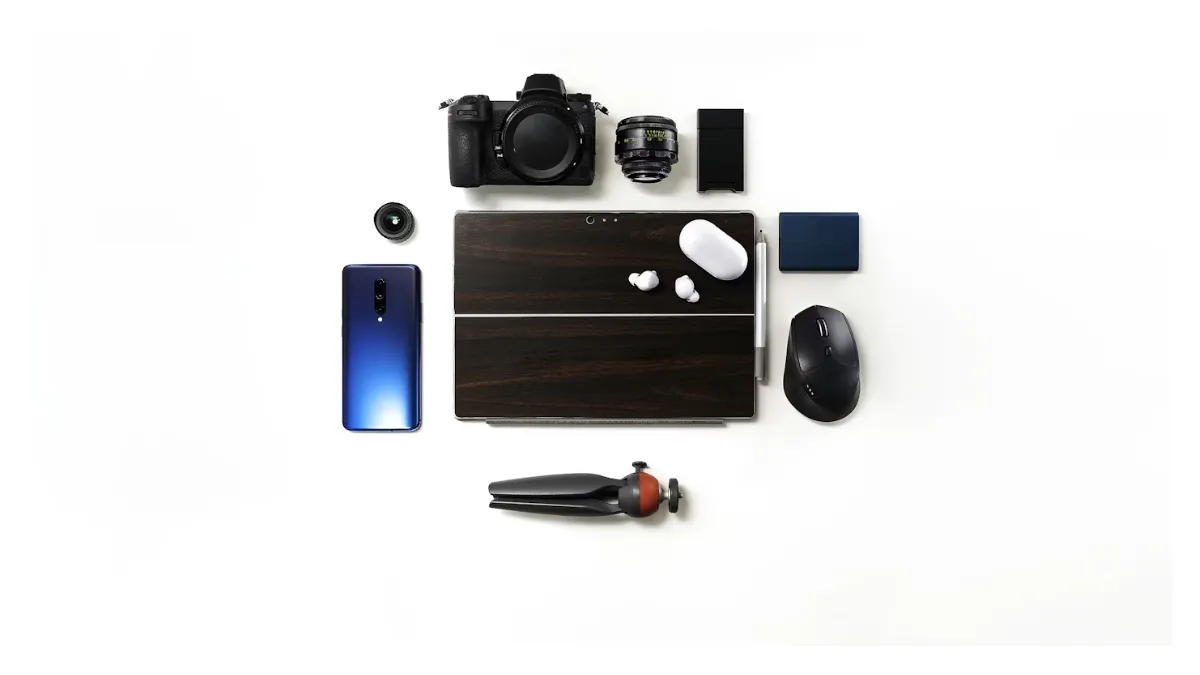 Japan METI Registration & Japanese Agent Servi
Japan METI Registration & Japanese Agent Servi
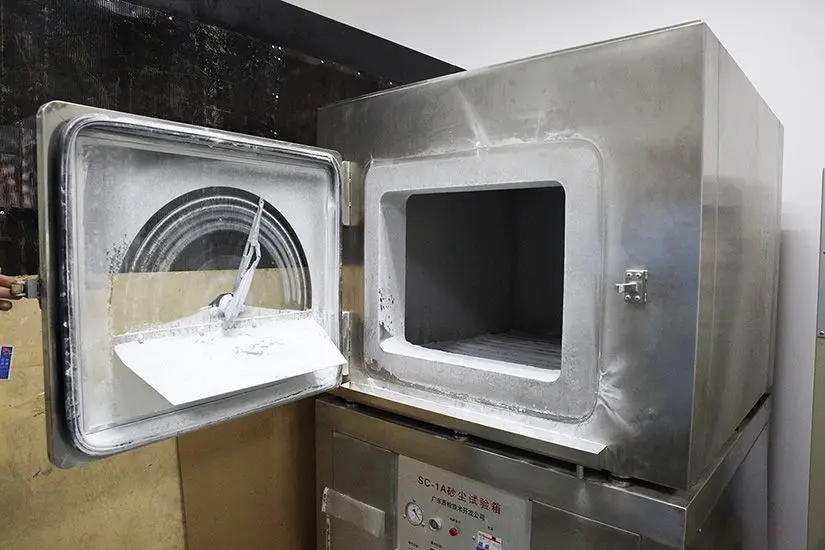 Temperature Shock Test (IEC 60068-2-14:2009)
Temperature Shock Test (IEC 60068-2-14:2009)
Leave us a message
24-hour online customer service at any time to respond, so that you worry!




